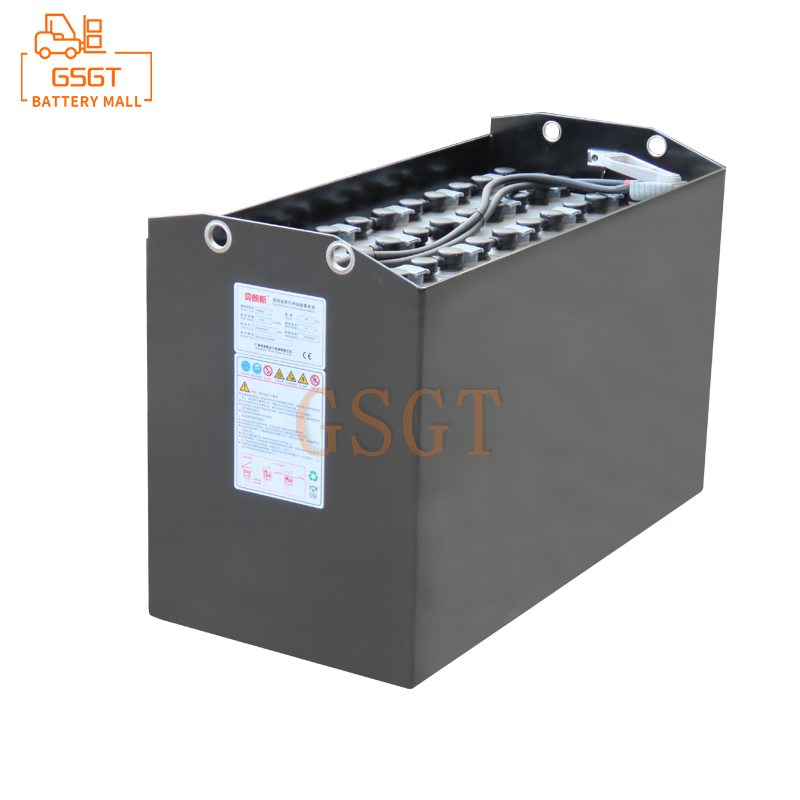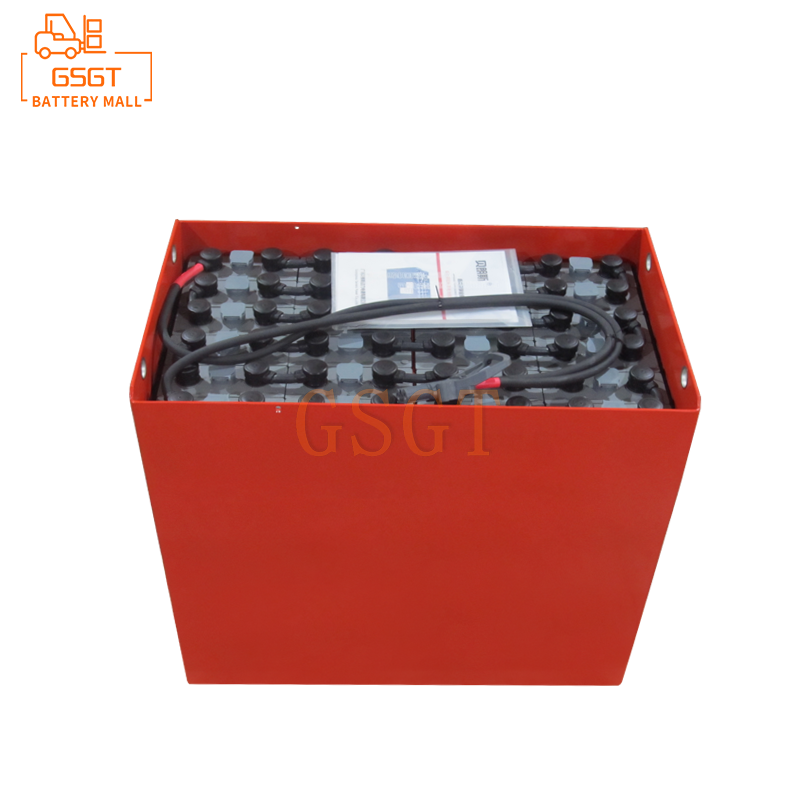Time:2025-03-10 10:14:10
Browse:222
In modern society, lead-acid batteries are widely used in automotive start-up, solar energy storage, uninterruptible power supply (UPS) and many other fields because of their low cost, mature technology and wide applicability. However, while bringing convenience to people's lives and production, lead-acid batteries also have some safety hazards that cannot be ignored, which may cause serious consequences if not properly prevented.
First, the working principle and structural basis of lead-acid batteries
Lead-acid batteries are mainly composed of positive and negative plates, partitions, electrolytes, and battery slots. Its working principle is based on electrochemical REDOX reaction: in the discharge process, the lead dioxide on the positive plate and the lead on the negative plate under the action of sulfuric acid electrolyte, respectively, the reduction and oxidation reaction, the chemical energy into electrical energy output; When charging, on the contrary, electrical energy causes the reaction to proceed in reverse, achieving the storage of chemical energy. This chemical reaction process is the key to understanding the mechanism of its safety hazards.
Second, security risks analysis
1.Chemical corrosion risk: The electrolyte of the lead-acid battery is sulfuric acid solution, which is highly corrosive. If the electrolyte leaks during battery use, sulfuric acid will cause serious corrosion to surrounding materials such as metals, plastics, and rubber. For example, in the engine compartment of the car, once the battery electrolyte leaks, it may corrodes the surrounding metal parts, such as the frame, line joints, etc., which not only reduces the service life of the parts, but also may cause electrical failure due to short circuit of the line, and even fire. In industrial energy storage sites, if the leaking electrolyte comes into contact with the building structural materials, long-term erosion may lead to a decline in the strength of the building structure, endangering the safety of the facility.
2.Potential electrical short circuit: The positive and negative plates inside the battery are separated by a partition to prevent direct contact with short circuit. However, when the battery is hit by external forces, excessive vibration, or the partition is aging or damaged during use, the positive and negative plates may contact directly, resulting in an internal short circuit. Short circuit will generate a large current, so that the battery quickly heat, the temperature rises sharply. This high temperature may cause the battery shell to soften, deform, and even cause thermal runaway, resulting in battery fire and explosion. In some electric vehicles with a long service life, spontaneous combustion accidents caused by internal short circuit of batteries have occurred, posing a great threat to the life safety of drivers and passengers.
3.Hydrogen explosion risk: During the charging process of lead-acid batteries, especially when overcharging, water will be electrolyzed to produce hydrogen and oxygen. Hydrogen is a kind of flammable and explosive gas. When the battery room is poorly ventilated and hydrogen accumulates to a certain concentration (the explosion limit is 4.0%-75.6% volume ratio), it may cause a violent explosion when it encounters fire sources such as open flame and electric spark. In some old telecommunication base station room, due to the relatively closed space and imperfect ventilation facilities, hydrogen accumulation exploded when charging and maintaining a large number of lead-acid batteries, causing serious damage to equipment in the room, communication interruption, and huge economic losses.
4.Lead pollution hazards: the plates and parts of lead-acid batteries contain a large amount of lead. In the battery production, use, recycling links, if improper operation, lead may enter the environment in the form of dust, waste water, waste residue, etc. Long-term exposure to lead pollution will cause serious damage to the nervous system, blood system and digestive system. For example, in some small lead-acid battery production workshops, due to the lack of effective protective measures, workers are exposed to a high lead environment for a long time, prone to lead poisoning, headache, fatigue, anemia and other symptoms. In areas where waste batteries are discarded at will, lead will penetrate into the soil and groundwater with rain, polluting the surrounding ecological environment, affecting the growth of crops and the safety of drinking water for residents.
Third, the construction of comprehensive preventive measures
1.Storage and transportation security: In the storage process, the lead-acid battery should be stored in a dry, ventilated, cool warehouse, to avoid direct sunlight and high temperature environment. Batteries must be placed neatly. They must not be upside down or stacked too high to prevent electrolyte leakage due to deformation of the shell. The warehouse floor should be laid with corrosion-resistant materials, and set up anti-leakage pallets or cofferdams, once the electrolyte leakage occurs, it can be effectively collected and prevented from spreading. During transportation, ensure that the battery is firmly fixed to prevent bumps and collisions. The use of special hazardous chemicals transport vehicles, equipped with necessary emergency treatment equipment, such as fire extinguishers, adsorption materials, and strictly abide by the relevant laws and regulations of hazardous chemicals transport, in accordance with the prescribed route and speed, to prevent safety accidents during transportation.
2.Use process safety management: When the lead-acid battery is used in all kinds of equipment, the battery pack should be reasonably configured according to the rated voltage and current of the equipment to avoid overcharge and overdischarge. Install high-precision charge and discharge controller, real-time monitoring of battery voltage, current, temperature and other parameters, once abnormal, automatically cut off the charge and discharge loop in time to protect the battery. In the battery use place, it is necessary to be equipped with good ventilation facilities to ensure indoor air circulation, and the hydrogen generated during the charging process is discharged outdoors in time, so that its concentration is always lower than the explosion limit. At the same time, it is strictly prohibited to use open flames, smoke or carry out operations that may produce electric sparks near the battery, such as electrical equipment maintenance. Check and maintain the battery regularly, observe whether the battery shell is deformed or cracked, whether the electrolyte level is normal, whether the pole is corroded, etc., and deal with any problems in time.
3.Safety specifications for recycling: It is very important to establish a sound recycling system for lead-acid batteries. Consumers are encouraged to return waste batteries to regular recycling outlets, and recycling enterprises should have professional dismantling equipment and environmental treatment capabilities. In the dismantling process, strict protective measures should be taken to prevent lead dust flying and electrolyte leakage. Advanced wet or fire metallurgy technology is adopted to recover and utilize valuable metals such as lead and realize resource recycling. At the same time, the waste water, waste gas and waste residue generated in the recovery and treatment process are harmless treatment to ensure that they do not pollute the environment. Government departments should strengthen the supervision of the recycling industry, severely crack down on illegal dismantling, random discharge of pollutants and other behaviors, and ensure the safety and environmental protection of the recycling link.
4.Personnel training and emergency response strengthening: Whether it is battery production enterprises, use units or recycling enterprises, all relevant personnel should carry out comprehensive safety training. The training includes the working principle of lead-acid batteries, the identification of safety risks, operation specifications, and the use of protective equipment. Make the staff deeply aware of the importance of safe operation, master the correct operation methods, improve safety awareness and emergency handling capacity. All units shall formulate a sound emergency plan to clarify the emergency response process, division of responsibilities and rescue measures for possible electrolyte leakage, fire, explosion and other accidents. Organize emergency drills regularly to ensure that when accidents occur, they can be quickly and effectively responded to minimize casualties and property losses.
Lead-acid batteries are widely used in modern society, but we must face up to their potential safety hazards. By taking scientific and effective preventive measures in all aspects of the whole life cycle such as storage, use and recycling, and strengthening personnel training and emergency management, the safety risks of lead-acid batteries can be minimized, so that they can serve the society and protect the life safety of personnel and the health of the ecological environment.

$2450

$2725

$3405

$3050

MESSAGE
Professional And Efficient
Security
Affordable Price
Professional Services